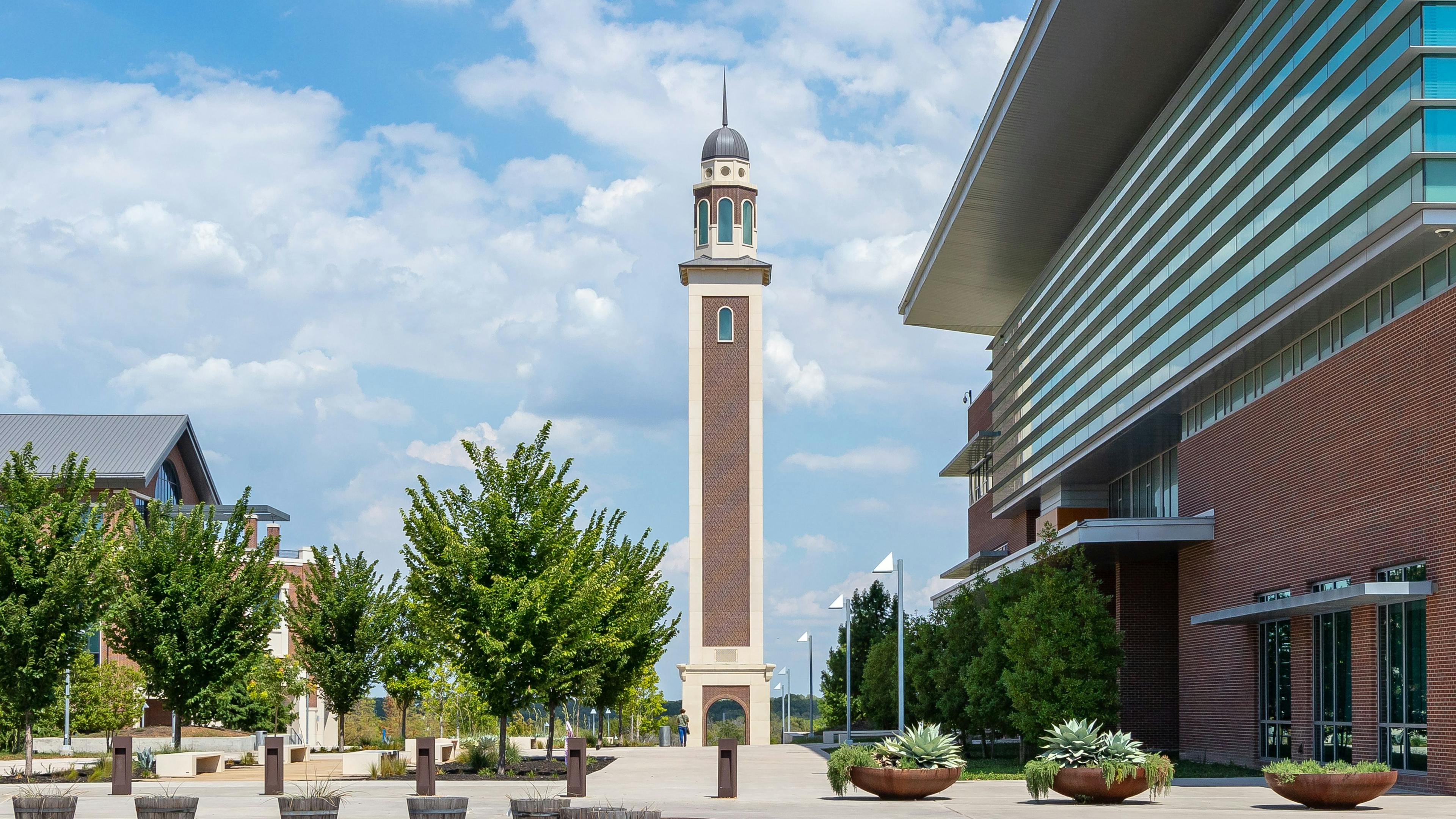
No End in Sight for Current Economic Expansion
Two economists shared some promising news Oct. 16 at CRE.Converge 2018 held by NAIOP: A couple years are left in this economic expansion, and there’s no reason it has to die.
“We’re mid-cycle, maybe the sixth or seventh inning,” says Ryan Sweet, director of real-time economics at Moody’s Analytics. “Enjoy this boom phase. We could go extra innings.”
According to Calvin Schnure, senior vice president of research and economic analysis at Nareit, three things characterize every downturn: overbuilt (in terms of real estate and the overall economy), overheated (prices are too high) and over-leveraged (too much debt). None of these are raising red flags right now.
Employment
Sweet reinforces that the job market is strong, but not overheating. Indications of an overheating labor market would be very strong wage growth, but wage growth is exactly where it should be, he says. “Going forward, the unemployment rate will go lower. Some think that will cause a recession, but historically the job market has never caused a recession.”
Adds Schnure: “Labor force participation is still well below what you’d expect. It’s a big wild card how this will evolve.”
Meanwhile, corporate profit growth is very high, meaning firms are going to be willing to expand production even if labor and materials costs rise.
Construction Supply
For the past two years, supply and demand for most property types has been reasonably balanced. Retail is really soft, but there’s almost no construction, Schnure explains, while multifamily demand is very strong and absorbs new supply pretty quickly.
The senior housing and self storage markets are two examples of excessive supply. And Schnure is confounded that office demand isn’t stronger given the current job market.
The residential sector presents a mixed picture. There’s plenty of room for new home construction/sales to rise (both single-family and apartments), but Sweet says existing home sales have peaked for the cycle.
Schnure notes a significant pent-up demand for housing in major cities, contending there’s a couple years worth of construction needed that will take a long time to fully absorb. Plus, the country is experiencing a housing affordability crisis.
A record number of households are paying 50 percent of income on rent,” he says. “Wage growth—4 percent to 5 percent—would help this so ‘typical’ workers can rent an apartment.”
Longer-term Concerns
Moody’s is keeping an eye on the leveraged loan market and the shadow banking system, and Nareit is concerned steady increases in commercial property prices across every asset class could put pressure on cap rates if interest rates rise faster than expected.
Trade tensions aren’t having an enormous effect on economic performance, and are likely to be more of a scrimmage than a war. “The Trump administration measures everything by the stock market,” Sweet says. “If trade wars negatively impact the stock market too much, the administration will walk it back.”
Both economists agree the main indicator to watch is whether the Fed raises interest rates too aggressively, which probably wouldn’t occur until late 2019 or 2020, if at all.
To date, Sweet says the Fed is doing exactly what it should be doing. “There’s no urgency for the Fed to be aggressive in raising interest rates. Long term, keep an eye on inflation expectations.”
“The Fed has been more hawkish this year than I would have thought,” Schnure adds. “I worry whether the Fed will over tighten, but there’s still a lot of room for them to maneuver.”
Keep in mind, inflation going from 1 percent to 2 percent is no big deal, Schnure says. “The level of supply we have right now is nothing like we’ve seen in past booms. Three percent to 4 percent inflation for a short time is totally OK.”
Additionally, the bubble won’t be bursting if there’s a student loan debt crisis or the Chinese economy weakens considerably.
“The economy is so strong that it can digest one of these risks occurring,” Sweet says. Real problems would stem from more than one risk happening concurrently. Still, he doesn’t view a 2020 recession as a sure thing.
A final red flag to watch is whether Saudi Arabia decides to retaliate on oil prices. According to Sweet, for every penny increase in gas prices, it reduces consumer spending by $1 billion during the course of a year.
Joanna Masterson was a writer and editor for Construction Executive for more than a decade.
Related stories








